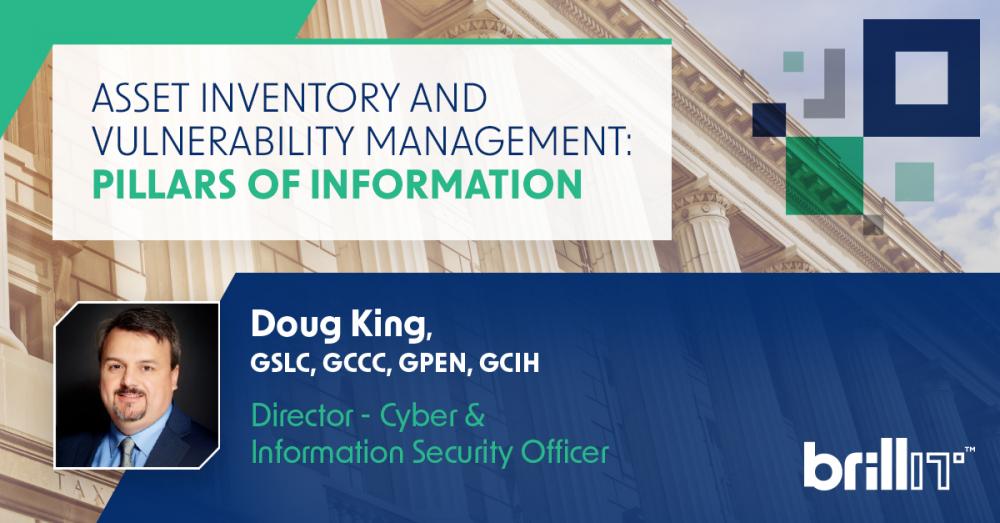By Doug King
In today's digital landscape, data breaches and cyberattacks are becoming increasingly common, posing a significant threat to businesses worldwide. To combat these threats, organizations must prioritize asset inventory and vulnerability management. These processes are crucial for maintaining robust information security, helping identify and mitigate potential risks before they lead to devastating consequences.
Asset Inventory: The Foundation of Security
An asset inventory is a comprehensive record of all hardware, software and data resources within an organization. This catalog includes information on devices, servers, software applications, network equipment and data storage. A complete and up-to-date asset inventory allows companies to:
Identify critical assets. Understanding which assets are crucial for the organization's operations helps prioritize security measures and allocate resources more effectively.
Monitor asset life cycles. By keeping track of asset acquisition, deployment and retirement, organizations can ensure proper maintenance and timely replacement of outdated or unsupported equipment.
Detect unauthorized assets. A well-maintained inventory enables companies to detect and remove unauthorized devices or applications, reducing the risk of security breaches.
Vulnerability Management: The Key to Proactive Defense
Vulnerability management is the ongoing process of identifying, evaluating and addressing security weaknesses in an organization's systems and networks. This process typically involves:
Vulnerability scanning. Regularly scanning assets for known vulnerabilities and potential security gaps using automated tools
Risk assessment. Analyzing the identified vulnerabilities to determine their potential impact on the organization, and prioritizing remediation efforts accordingly.
Remediation. Applying patches, updates or configuration changes to fix the identified vulnerabilities, or implementing compensating mitigations.
Asset inventory and vulnerability management are vital components of a robust information security strategy. A comprehensive asset inventory enables organizations to identify critical assets, monitor their life cycles and detect unauthorized resources. Vulnerability management, on the other hand, involves proactively scanning for weaknesses, assessing risks and implementing remediation efforts. Together, these processes help organizations stay ahead of cyber threats and maintain a strong security posture in an increasingly interconnected world. Prioritizing and investing in asset inventory and vulnerability management is crucial for mitigating potential risks and ensuring the long-term success of any organization.
About the Author Doug King leads BrilliT with 20 years of experience in the energy industry. He has created security technology patents, provided security services for organizations ranging from 20 to 25,000 employees, and led response teams during ransomeware and compromise attacks.
Doug King leads BrilliT with 20 years of experience in the energy industry. He has created security technology patents, provided security services for organizations ranging from 20 to 25,000 employees, and led response teams during ransomeware and compromise attacks.
The BrilliT team is here to help, and we look forward to serving as your data analytics, cybersecurity and IT experts. Reach out to us with questions!


